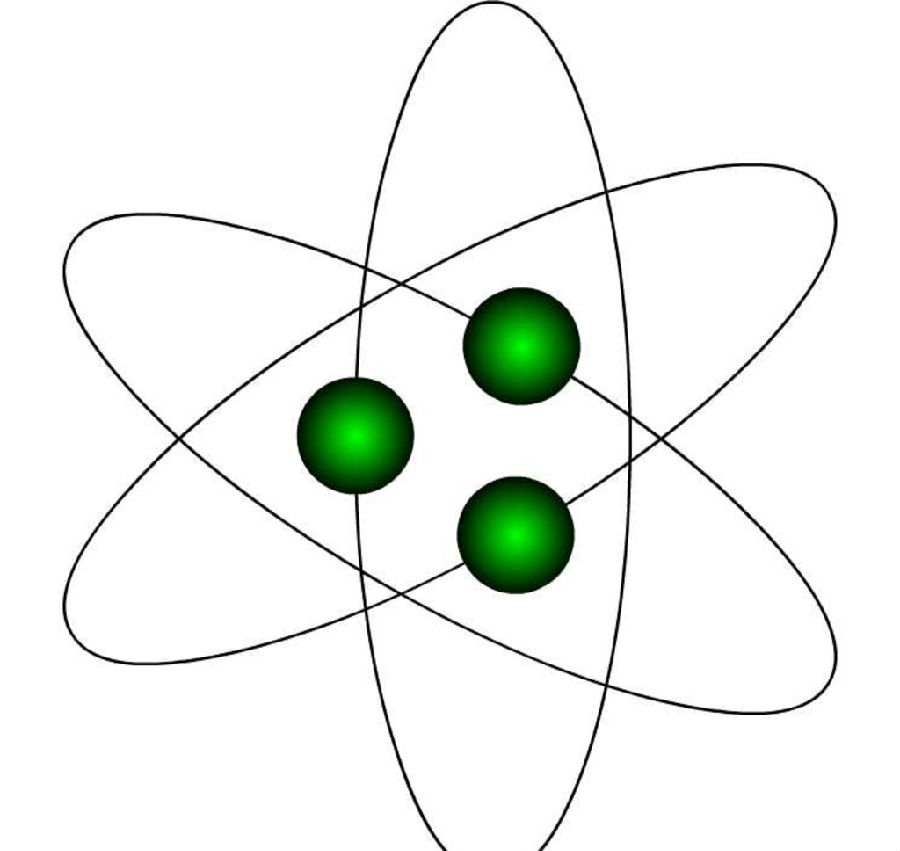As physicists began to delve into this subatomic realm, they realized that it wasn't merely different from anything we knew, but different from anything ever imagined. "Because atomic behavior is so unlike ordinary experience," Richard Feynman once observed, "it is very difficult to get used to and it appears peculiar and mysterious to everyone, both to the novice and to the experienced physicist." When Feynman made that comment, physicists had had half a century to adjust to the strangeness of atomic behavior. So think how it must have felt to Rutherford and his colleagues in the early 1910s when it was all brand new.

One of the people working with Rutherford was a mild and affable young Dane named Niels Bohr. In 1913, while puzzling over the structure of the atom, Bohr had an idea so exciting that he postponed his honeymoon to write what became a landmark paper. Because physicists couldn't see anything so small as an atom, they had to try to work out its structure from how it behaved when they did things to it, as Rutherford had done by firing alpha particles at foil. Sometimes, not surprisingly, the results of these experiments were puzzling. One puzzle that had been around for a long time had to do with spectrum readings of the wavelengths of hydrogen. These produced patterns showing that hydrogen atoms emitted energy at certain wavelengths but not others. It was rather as if someone under surveillance kept turning up at particular locations but was never observed traveling between them. No one could understand why this should be.












